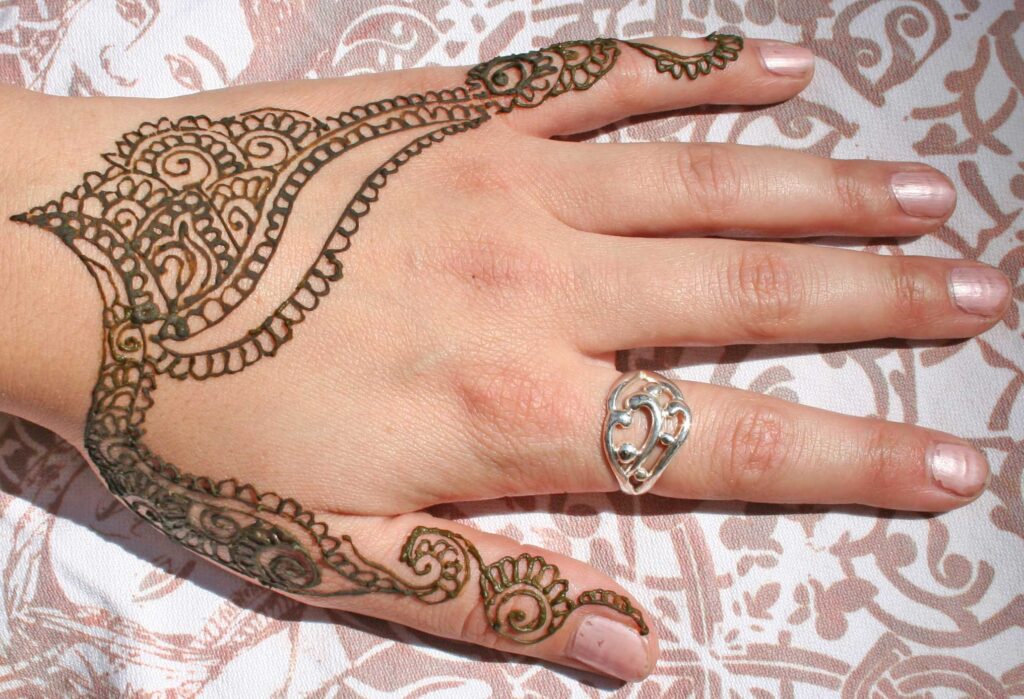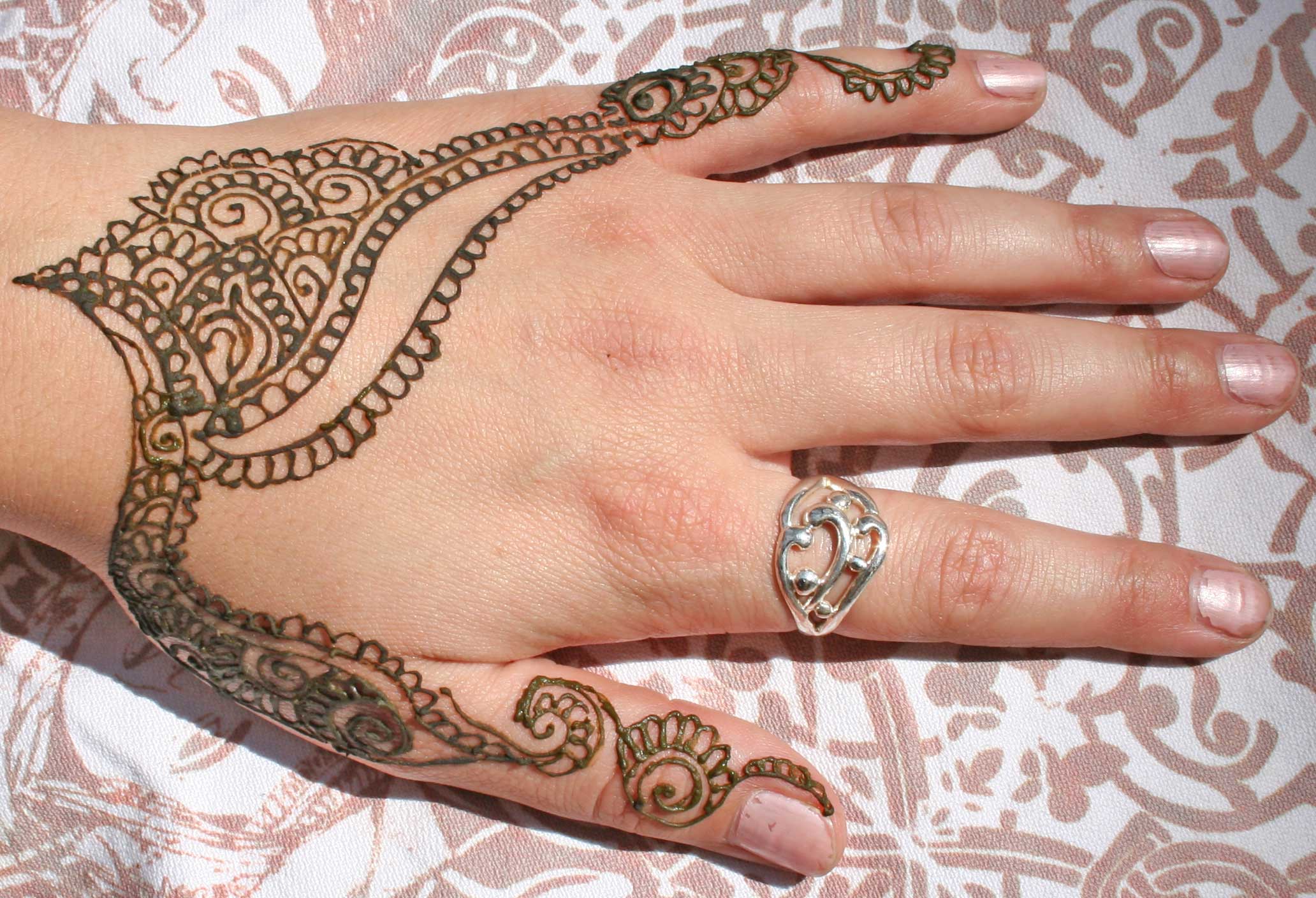
The Enduring Allure of Beautiful Henna Tattoos: Art, Tradition, and Modern Expression
Henna, a natural dye derived from the Lawsonia inermis plant, has been used for centuries to adorn the body with intricate and beautiful patterns. From ancient rituals to modern celebrations, the practice of henna tattooing, particularly the creation of beautiful henna tattoos, continues to captivate and connect individuals to a rich cultural heritage. This article delves into the history, cultural significance, application techniques, and contemporary trends surrounding beautiful henna tattoos, exploring why this ancient art form remains relevant and cherished today.
A Journey Through Time: The History of Henna
The origins of henna can be traced back to ancient civilizations in the Middle East, North Africa, and South Asia. Evidence suggests that henna was used as far back as the Bronze Age. In ancient Egypt, henna was used for cosmetic purposes, including staining the hair and nails of pharaohs and other members of the elite. It also played a role in mummification rituals, with henna used to stain the palms and soles of the deceased.
Over time, the use of henna spread to other regions, each culture incorporating its own unique styles and traditions. In India, henna, known as Mehndi, became an integral part of wedding ceremonies and other auspicious occasions. The intricate designs applied to the bride’s hands and feet are believed to bring good luck, prosperity, and marital bliss. Similar traditions exist in other parts of the world, with henna serving as a symbol of beauty, celebration, and spiritual significance.
Cultural Significance: More Than Just Decoration
Beautiful henna tattoos are far more than just decorative body art; they hold deep cultural and symbolic meaning. In many cultures, the application of henna is a communal activity, bringing women together to share stories, laughter, and traditions. The process of applying henna can be a time of bonding and celebration, strengthening social ties and preserving cultural heritage.
The specific designs and motifs used in beautiful henna tattoos often carry symbolic meanings. For example, floral patterns may represent fertility and new beginnings, while peacock motifs symbolize beauty and grace. Geometric designs can represent different aspects of life, such as balance, harmony, and protection. The placement of the henna tattoo on the body can also be significant, with certain areas believed to be more auspicious or connected to specific energies.
The Art of Application: Creating Beautiful Henna Tattoos
Creating beautiful henna tattoos is an art form that requires skill, patience, and a deep understanding of the materials and techniques involved. The process begins with preparing the henna paste, which typically involves mixing henna powder with lemon juice, essential oils, and other ingredients. The consistency of the paste is crucial for achieving a smooth and even application.
Traditionally, henna paste is applied using a cone or applicator bottle, allowing the artist to create intricate designs on the skin. The artist’s skill and creativity are essential for bringing the design to life, paying attention to detail and ensuring that the patterns are balanced and aesthetically pleasing. After the henna paste is applied, it needs to dry for several hours, allowing the dye to penetrate the skin. The longer the paste remains on the skin, the darker and more vibrant the resulting stain will be. Once the paste is removed, the skin is treated with a natural oil to moisturize and protect the design.
Choosing the Right Henna: Natural vs. Black Henna
It is crucial to use natural henna for creating beautiful henna tattoos. Natural henna is safe and non-toxic, producing a reddish-brown stain on the skin. However, some vendors may offer “black henna,” which contains a chemical dye called paraphenylenediamine (PPD). PPD can cause severe allergic reactions, skin irritation, and permanent scarring. It is essential to avoid black henna and only use natural henna from reputable sources.
Contemporary Trends: Henna in the Modern World
While henna has deep roots in tradition, it continues to evolve and adapt to modern trends. Beautiful henna tattoos are now popular among people of all backgrounds and cultures, with artists experimenting with new designs, techniques, and applications. From minimalist patterns to elaborate full-body designs, the possibilities are endless.
Henna is also gaining popularity as a temporary alternative to traditional tattoos. Many people appreciate the ability to adorn their bodies with beautiful designs without the commitment of permanent ink. Henna tattoos are also a popular choice for special events, such as weddings, festivals, and parties.
Henna for Special Occasions
Henna is often used to celebrate special events. Bridal henna, in particular, is incredibly popular in South Asia and the Middle East. The designs can be incredibly detailed and incorporate meaningful symbols. [See also: Bridal Henna Designs and Their Meanings] Henna parties are also a popular pre-wedding tradition.
Henna as a Form of Self-Expression
Beyond cultural traditions and celebrations, beautiful henna tattoos serve as a powerful form of self-expression. Individuals can choose designs that reflect their personality, beliefs, and values. Henna allows people to express their creativity and individuality in a unique and temporary way.
Caring for Your Henna Tattoo: Ensuring a Lasting Design
Proper care is essential for ensuring that your beautiful henna tattoo lasts as long as possible. After removing the henna paste, avoid washing the area with soap and water for at least 24 hours. Apply a natural oil, such as coconut oil or olive oil, to moisturize the skin and protect the design. Avoid using harsh chemicals or exfoliants on the area, as these can fade the stain. With proper care, a henna tattoo can last for one to three weeks, depending on the individual’s skin type and lifestyle.
The Future of Henna: Preserving Tradition, Embracing Innovation
As henna continues to evolve and adapt to modern trends, it is essential to preserve the rich cultural heritage and traditions associated with this ancient art form. By supporting ethical and sustainable henna practices, we can ensure that future generations will continue to appreciate the beauty and significance of beautiful henna tattoos. [See also: Ethical Sourcing of Henna] At the same time, it is important to embrace innovation and creativity, allowing artists to explore new designs, techniques, and applications. By balancing tradition and innovation, we can ensure that henna remains a vibrant and relevant art form for years to come.
In conclusion, the allure of beautiful henna tattoos lies not only in their aesthetic appeal but also in their rich history, cultural significance, and ability to connect individuals to a shared heritage. Whether used for traditional celebrations, personal expression, or simply as a form of temporary body art, henna continues to captivate and inspire, reminding us of the enduring power of art and tradition.

